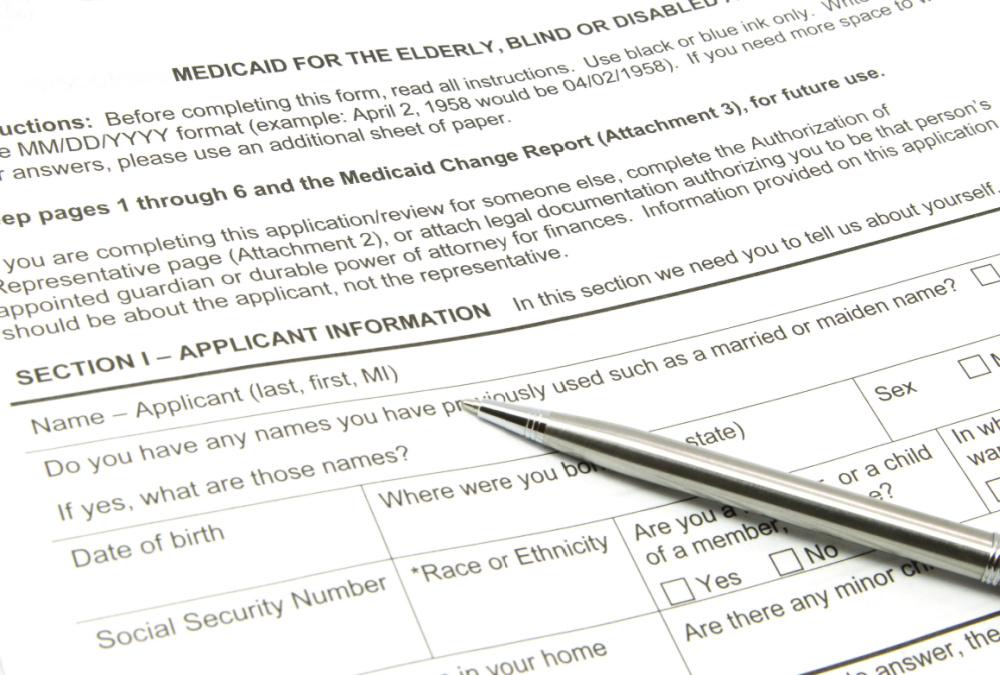At the beginning of the COVID-19 pandemic, Congress enacted the Families First Coronavirus Response Act (FFCRA), which featured a provision to keep people continuously enrolled in Medicaid through the end of the pandemic public health emergency (PHE). This meant that people would stay enrolled in Medicaid, even if they no longer met the eligibility requirements set by their state. As a result, Medicaid/CHIP enrollment increased significantly over the last three years, from 23.3 million in February 2020 to nearly 95 million in March 2023.
However, Congress delinked this requirement from the PHE on December 29, 2022, which ended continuous enrollment after March 31, 2023. As a result of the unwinding of this provision, up to 24 million Americans will lose Medicaid coverage and their eligibility will need to be redetermined in order to maintain benefits.
In this post, we’ll discuss Medicaid redetermination including a definition, guidelines, details about who’s losing coverage, and how to renew through the redetermination process.
What is Medicaid redetermination?
Medicaid redetermination is the process used by states to verify Medicaid enrollees’ eligibility for benefits, and disenroll people who no longer meet requirements. Medicaid redetermination may also be referred to as Medicaid renewal or Medicaid recertification, but all of these terms mean the same thing and refer to the process of states re-verifying eligibility for Medicaid each year.
How Medicaid redetermination works
Medicaid redetermination varies state by state, as each has their own renewal and eligibility policies. All states have started the Medicaid redetermination process as of April 2023, and 43 states indicated they will complete renewals within 12-14 months (the other eight said renewals will be done in 12 months or less).
States are starting the process by taking steps to update enrollee mailing addresses, and the next step will be to follow up with Medicaid enrollees when action is required to maintain coverage. For enrollees, the first indication that you’ll need to go through Medicaid redetermination is receiving a notice in the mail from your state’s Medicaid office or Department of Social Services. The notice will indicate your Medicaid eligibility needs to be recertified, and that you’re required to update information including your:
- Income
- Household size
- Age
- Disability status.
Depending on your state, you may be able to mail this information in a renewal packet provided by your state or submit it online in as little as 30 minutes. A case worker from your state will follow up with you after receiving this information and discuss your status. If you are still eligible for Medicaid, they’ll provide instructions on how to reapply so you can maintain benefits. If you are no longer eligible for Medicaid, you’ll be notified of the day your coverage will end. It is important to open any mail you receive from your state and respond to any calls during this process. If you change addresses or phone numbers, make sure to tell your case worker as soon as possible so they can stay in contact.
If you do not respond to mail or phone calls from your state, they will follow up to get in touch. If you ignore these requests and don’t finish renewal by your state’s deadline, you may lose your Medicaid benefits.
Guidelines for Medicaid redetermination
Each state has their own requirements for a person to be eligible for Medicaid. These rules include income limits based on a person’s assets, their age, and disability status. While state requirements vary, the federal government sets the following rules for Medicaid redetermination:
- For people whose eligibility is based on MAGI (ages 19-64, pregnant, parents and caretakers of minors, and children), Medicaid redetermination must be done every 12 months.
- For people whose eligibility is based on income and assets (ages 65 and older, blind, disabled, or receiving HCBS long-term care services), redeterminations must be completed at least every 12 months.
- If the state’s Medicaid agency gets updated information about an enrollee’s circumstances, they must conduct an eligibility redetermination shortly, even if it’s not time for the normal redetermination. In general, states require Medicaid beneficiaries to report a change in circumstance within 10-30 days after it occurs.
Will I lose Medicaid coverage?
The requirements for your state will determine if you’ll keep or lose Medicaid coverage. To check your state’s requirements, you can visit Medicaid.gov and select your state for details. Eligibility is generally tied to your income level, age, household size, and disability status. If you no longer meet the requirements, your state will notify you of the day your benefits will end. You can reapply when your circumstances change, and your eligibility will be recertified as needed based on rules set by the federal government.
What to do if you’re losing Medicaid coverage
If you’re no longer eligible for Medicaid and losing benefits will put you in a tough financial situation, you may need to spend down to reduce your assets and become eligible. However, doing so is very difficult due to rules around the Medicaid look back period, and it would leave you with very little money outside of the benefits you receive.
Instead, you may want to consider selling your life insurance and holding onto assets like your money in bank accounts, home, and car. Selling your life insurance can help you get extra money to pay for retirement, and you can save on costs by no longer having to pay expensive premiums. Get a free estimate to see how much you can get from selling your policy.








